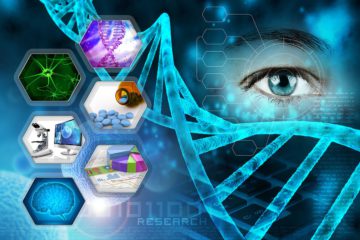“I got diagnosed in my early 20s”
“I wanted to so badly say, ‘You guys have no idea. I’m in chemotherapy. You’re a–holes.’ I locked myself away until I was confident and comfortable again,” (despite of sparked rumors of addiction.)
“had to take a break from my career last year to deal with anxiety and depression stemming from my diagnosis.”
“At the age of 25, my doctors told me I would be needing a kidney transplant. Maybe I wasn’t necessarily really good at knowing what that meant so it actually got to a point where it was life-or-death.”
“During the transplant, an artery broke and emergency surgery was conducted to build a new artery using a vein from my leg.”
“(when I’m taking my medication, I) tend to hold a lot of water weight. It causes my weight to fluctuate” (in response to body shaming)
“Now it just hurts. Like, in the morning when I wake up, I immediately start crying because it hurts, everything,”(after a flare)Above came from Selena Gomez, an American celebrity who’ve come out in recent years as living with the invisible illness of lupus.

Figure 1: Selena Gomez’s post on Instagram. Account owner is Selena Gomez [selenagomez]. Instagram, September 14, 2017, https://www.instagram.com/p/BZBHr4Pg5Wd/?hl=en.
Lupus is a disease that can damage many parts of the body, including the joints, skin, kidneys, heart, lungs, blood vessels and brain. The number of people living with lupus in the United States is estimated to be more than 200,000. According to the American College of Rheumatology, 10 times more women than men have lupus, and the disease often starts between the ages of 15 and 44. It is also more common in women of African American, Hispanic, Asian and Native American descent.
Lupus is often called the invisible disease because the symptoms are not always visible to the naked eye. Living with lupus can be challenging in many ways. It can be difficult to get a proper diagnosis, as many of the symptoms overlap with other conditions. Even after a diagnosis is made, there is no cure for lupus. Available treatment may help control it, but it never goes away. A person with lupus will have good periods and bad periods (e.g., flare) for life. Another challenge is the stigma that often comes with it. People with lupus may look healthy on the outside, but on the inside, they are fighting a battle every day. Thus, lupus patients may be accused of faking their symptoms, seeking attention, or even being lazy. This can lead to feelings of isolation and shame, causing people to withdraw from social situations or even their daily lives.
Common treatments for lupus include nonsteroidal anti-inflammatory drugs (NSAIDs), corticosteroids, antimalarials, immunosuppressants, and biologics. However, the effectiveness and safety of these treatments vary depending on the individual and their specific disease manifestations. Despite the significant need for new therapies for those living with lupus, developing new treatments for this complex autoimmune disease is challenging. To gain insight into the latest scientific efforts to tackle lupus, we analyzed ongoing phase 2 and 3 clinical trials for systemic lupus erythematosus (SLE) registered on clinicaltrials.gov. Our analysis of 52 carefully verified trials revealed that 30 are in Phase II, 20 in Phase III, and 2 in Phase II/III. Small molecule drugs and biologics are almost equally represented (See Figure 2). Approximately two-thirds of these trials are sponsored by biotech and pharmaceutical companies worldwide, with the remaining one-third sponsored by academic institutions (See Figure 3). Large pharmaceutical companies tend to sponsor global trials, whereas academic institutions are more likely to conduct smaller scale trials in a single country, with the US and China leading the race (See Figure 4). Figure 5 illustrates the recruitment status, while Figure 6 shows the ages of the recruiting patient populations.
Figure 2: Distribution of ongoing SLE Phase II and Phase III trials by phase and therapeutic modality
Figure 3: Ongoing SLE Phase II and Phase III trials by sponsors
Figure 4: Ongoing SLE Phase II and Phase III trials by countries
Figure 5: Distribution of ongoing SLE Phase II and Phase III trials by recruiting status
Figure 6: Recruitment ages of ongoing SLE Phase II and Phase III trials
We applaud for all the organizations dedicated to developing new medicines for lupus. At Polygon Health Analytics, we share this motivation to help lupus patients. Our focus is on developing a real-world data asset for SLE and conducting a comprehensive study to identify and transform actionable Social Determinants of Health (SDoH) to enhance current lupus care. We believe that these efforts can contribute to a better understanding of the disease and ultimately improve the lives of people living with lupus.



0 Comments